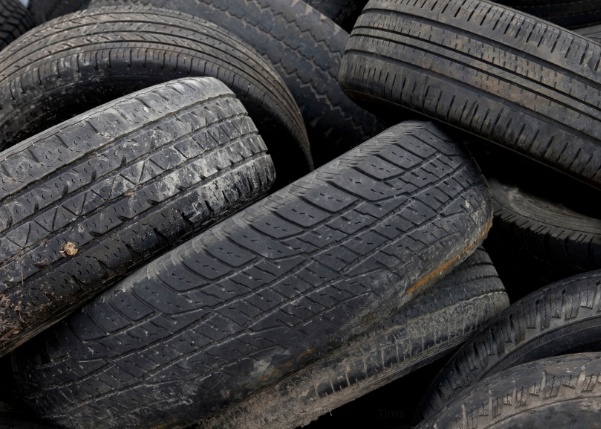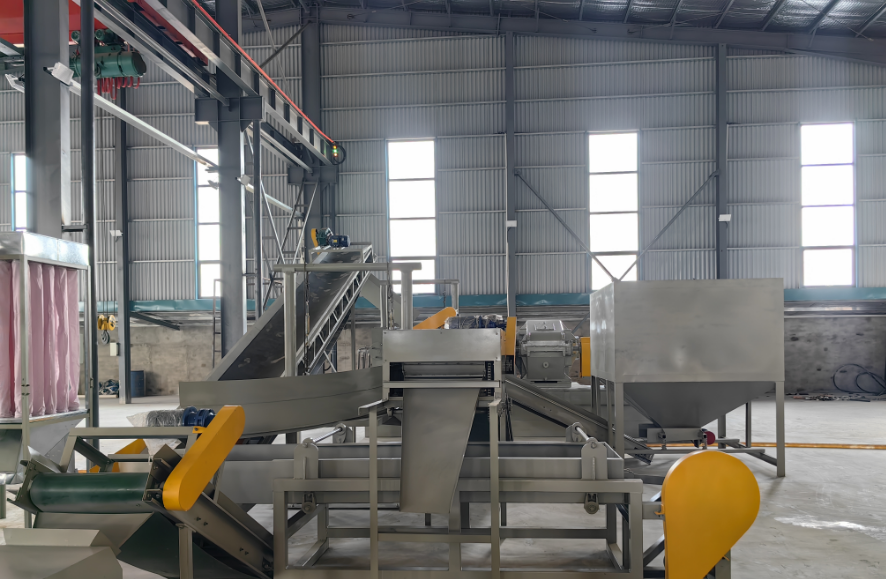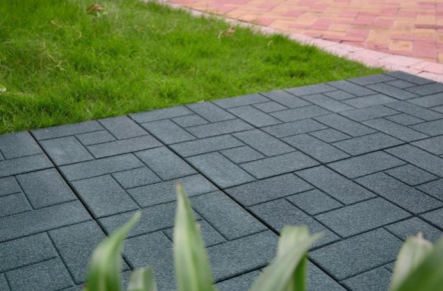waste tire recycling
waste tire recycling
production line for recycling old tires:
"The lifecycle of an old tire does not end at the scrapyard but rather transitions into a series of processes designed to extract value and utility from what would otherwise be considered waste. The journey begins with the collection of used tires, typically gathered from various sources including automotive repair shops, vehicle dealerships, and municipal waste facilities.

Upon arrival at a specialized recycling facility, the tires are first inspected to ensure they meet the criteria for recycling, removing any that are contaminated or unsuitable. The tires then move onto the de-beading process, where a machine cuts off the bead—the stiff wire that holds the tire onto the wheel—making it easier to handle and process further.
| Parameter/model | ZPS-900 | ZPS-1200 |
| Adopt tire | φ900mm | φ1200mm |
| Output block size(size) | 50*50 | 50*50 |
| Power | 22*2 | 55*2 |
| Capacity | 22*2 | 55*2 |
| Size(mm) | 3800*2030*3300 | 4100*2730*3300 |
| Weight(T) | 6000 | 16000 |
Next, the tires are fed into a powerful shredder that slices them into smaller chunks known as 'shreds' or 'chunks.' These pieces are subsequently fed into a granulator, which grinds them down into even smaller particles called 'crumbs' or 'rubber crumb.' During this phase, steel belts and fiber remnants are separated from the rubber using magnets and air classifiers, respectively.
The resulting rubber crumbs are often subjected to cryogenic freezing, a process where liquid nitrogen is used to cool the rubber down to extremely low temperatures. This makes the rubber brittle and easier to crush into fine granules. After the freezing process, the rubber is passed through another set of grinders to produce the desired particle size.
| Parameter/model | XKP-400 | XKP-450 | XKP-560 | XKP-610 |
Front Roll diameter (mm) | 400 | 450 | 560 | 610 |
| Back Roll diameter (mm) | 400 | 450 | 510 | 610 |
| Roll working length(mm) | 600 | 800 | 800 | 1000 |
Roll ratio | 1:1.237 | 1:1.38 | 1:1.3 | 1:1.3 |
Front roll speed(m/min | 17.32 | 23.2 | 25.6 | 28.4 |
| Adjusting nip range (mm) | 0-10 | 0-10 | 0-15 | 0-15 |
Motor power(kw) | 37 | 55 | 110 | 160 |
| Overall dimensions(mm) | 3950*1800*1780 | 1770*1846*1835 | 4750*2300*2000 | 7240*3800*1800 |
| Weight(t) | 8 | 12 | 20 | 25 |
Once the granules have been produced, they undergo a thorough cleaning process to remove any remaining contaminants such as dust, dirt, or remaining steel fibers. Washing and drying the granules ensures they are free of debris and ready for reuse.

The final product, clean and consistent rubber granules, can be utilized in a variety of applications. They are commonly used in the manufacturing of new rubber products, including playground surfaces, athletic tracks, and industrial mats. Additionally, some granules are used in asphalt mixes to improve road resilience or as fuel (tire-derived fuel) in cement kilns and other industrial furnaces.

Throughout the recycling process, stringent environmental controls are implemented to manage emissions and waste water, ensuring the process complies with environmental regulations and contributes positively to sustainability efforts."
-
 Trommel screenTrommel screen, also known as drum screens, are widely used in various industries for sorting and separating materials.Get Quote
Trommel screenTrommel screen, also known as drum screens, are widely used in various industries for sorting and separating materials.Get Quote -
 Crop straw double shaft shreddApplications:Biomass Energy Production: Shredded straw can be used as a feedstock for bioenergy plants to produce electricity or heat.Livestock Feed: Reduced-si...Get Quote
Crop straw double shaft shreddApplications:Biomass Energy Production: Shredded straw can be used as a feedstock for bioenergy plants to produce electricity or heat.Livestock Feed: Reduced-si...Get Quote -
 Zhongcheng Air Drum SeparatorAir drum separators effectively separate lightweight materials (e.g., plastics, paper) from heavier materials (e.g., metals, glass). This high efficiency is cru...Get Quote
Zhongcheng Air Drum SeparatorAir drum separators effectively separate lightweight materials (e.g., plastics, paper) from heavier materials (e.g., metals, glass). This high efficiency is cru...Get Quote
-
2024-07-12Crush to Create: The Ultimate Eco-Friendly Plastic Shredder RevolutionThe working principle of a plastic shredder is mainly to tear large plastic materials into small pieces or fragments through mechanical force, in order to facil...
-
2024-05-18Hydraulic Cone CrusherHydraulic Cone Crusher integrates machinery, hydraulic pressure, electrics, automation, and intelligent control, which can be used for medium crushing, fine cru...
-
2023-01-12Apron FeedersApron Feeder is a conveyor manufactured from steel plates driven by steel chains wearing on steel surfaces. They are a robust design manufactured for durability...
-
2024-04-13Vibrating FeederA vibrating feeder is a mechanical device used to convey materials, typically in bulk, from one location to another in a controlled manner. This equipment is co...
-
2024-05-18Jaw CrusherThe working principle of jaw crusher Although the jaw crusher has various structural types, its working principle is the same, that is, the material is crushed ...



